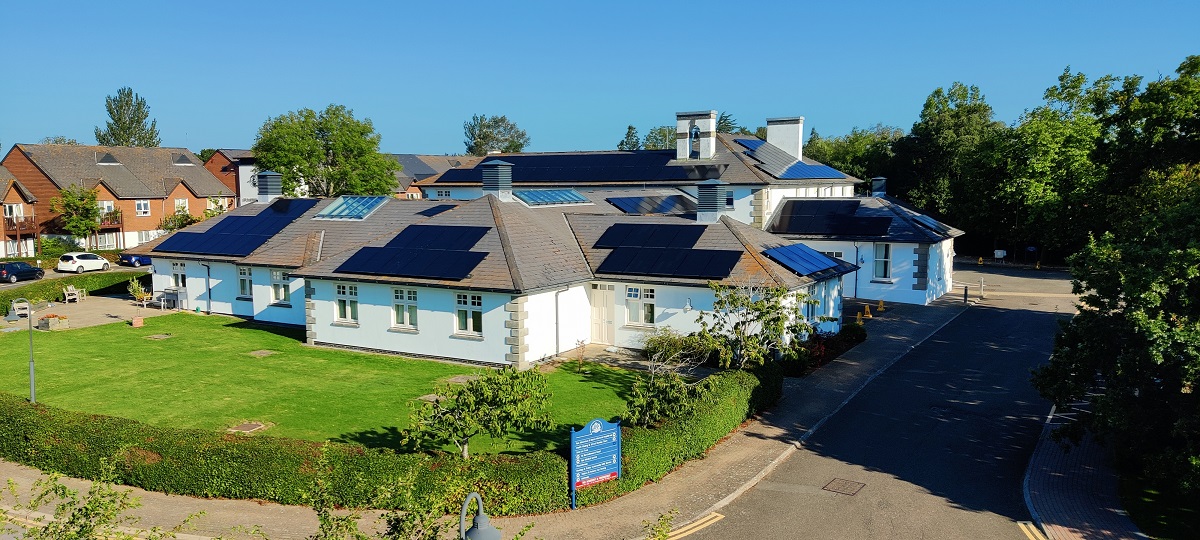Rye Memorial Hospital reduces its carbon footprint by 100%

A hospital in Rye has become the UK’s first community acute health centre to achieve carbon neutrality.
The installation of new renewable energy systems at Rye, Winchelsea & District Memorial Hospital was followed by confirmation from its electricity supplier that all power now comes from fully-renewable sources such as solar panels and wind power.
This means the hospital has reduced its carbon footprint by 100%.
And, by the end of 2024, it is estimated that the overall energy consumption will have reduced by approximately 240,000 Kilowatt hours, a drop of 40% from 2020 figures.
The outcome is a total reduction of approximately 260 tonnes of carbon per annum, the equivalent of planting 4,300 trees.
Upping their game
The project, commissioned in September 2021, was designed and delivered by property maintenance specialist, DMA Group, and fully funded by the Rye Winchelsea and District Memorial Hospital charity.
Gas boilers were replaced with new electric flow boilers and calorifiers and the kitchen gas-fired equipment was also upgraded, eliminating the use of gas completely.
And the installation of internal and external LED lighting with automatic controls means energy is not wasted by leaving lights on.
Our goal was always to become a fully-functional net-zero community hospital, but to have done it so quickly and as the UK’s first is beyond our expectations
In addition, it is estimated that the solar roof panels will generate more than 70,000 kilowatt hours of electricity per year.
The hospital has also installed nine Tesla Powerwall solar batteries – three per phase of electricity – with a total storage capacity of 120 KW to capture all surplus electricity generated by the solar panels, reducing the demand for electricity from the external supply grid.
Furthermore, a full clean of the hospital’s heating system and the replacement of all radiator valves has ensured the heating system operates more efficiently.
Identifying the problems
And a Building Management System (BMS) used by the hospital’s inhouse FM team and DMA Group ensures onsite and remote live operational monitoring of all plant and equipment, energy utilisation, and building and water temperature.
This all ensures a better environment for patients and staff as each team can identify an issue before it becomes a problem.
Many other projects have been completed as part of the Rye Memorial Hospital’s modernisation.
These include:
Barry Nealon, chairman at Rye, Winchelsea & District Memorial Hospital, said: “Our goal was always to become a fully-functional net-zero community hospital, but to have done it so quickly and as the UK’s first is beyond our expectations.
“We had a mission to bring medical services closer to home for the benefit of our local community and to achieve this, we needed to reimagine our existing business models and aim for sustainable growth and a collaborative and experienced service partner like DMA Group to realise those goals.”
Kevin Mcguane, energy services director at DMA, added: “We are confident that a return will be delivered in the short to medium term for the hospital.
“We have remained open and transparent with stakeholders about right design, solutions, and the costings, and this pro-active approach has enabled us to build a strong collaborative partnership with Rye Hospital that not only presented a route to net zero, but also a sound business case.”